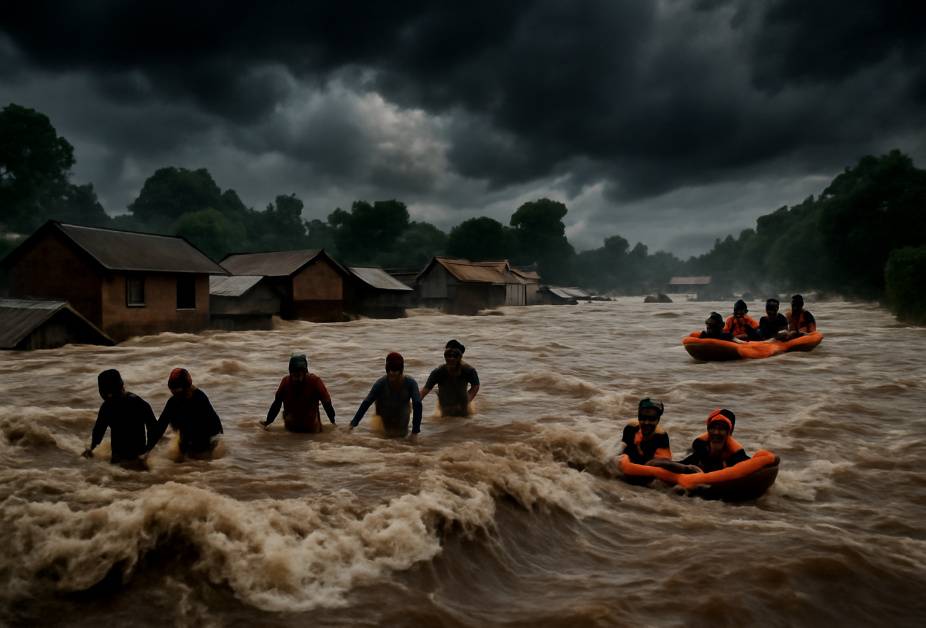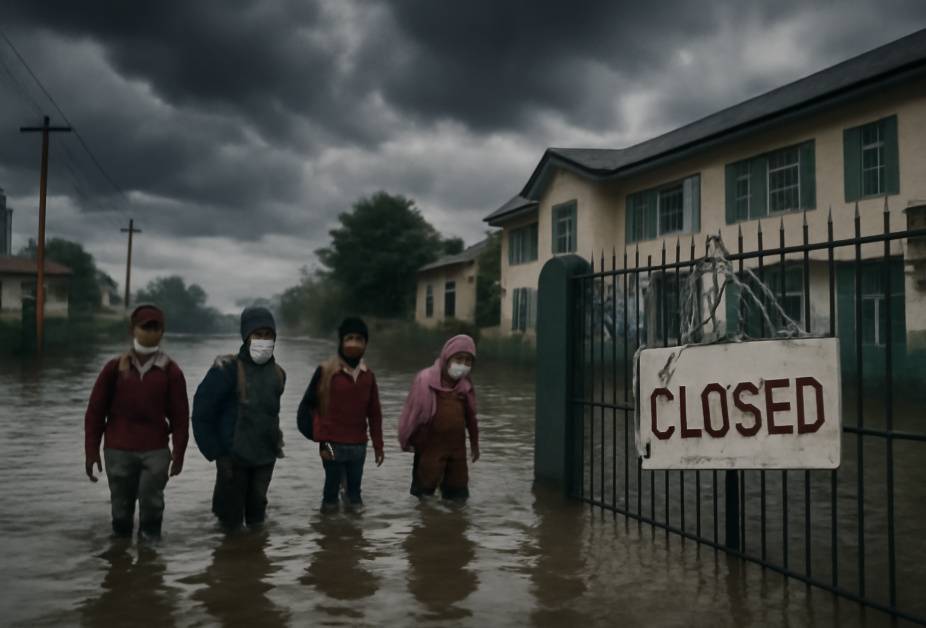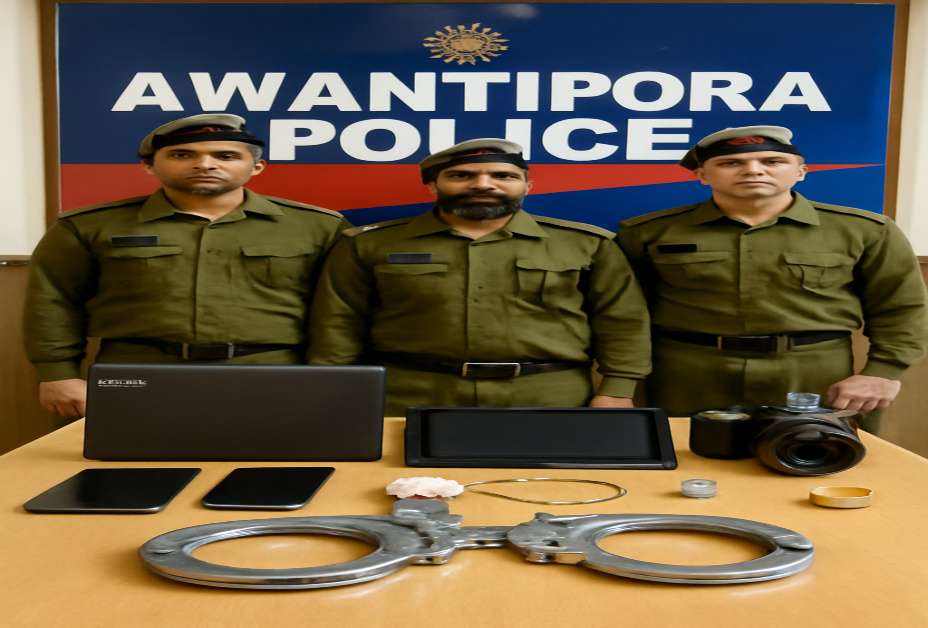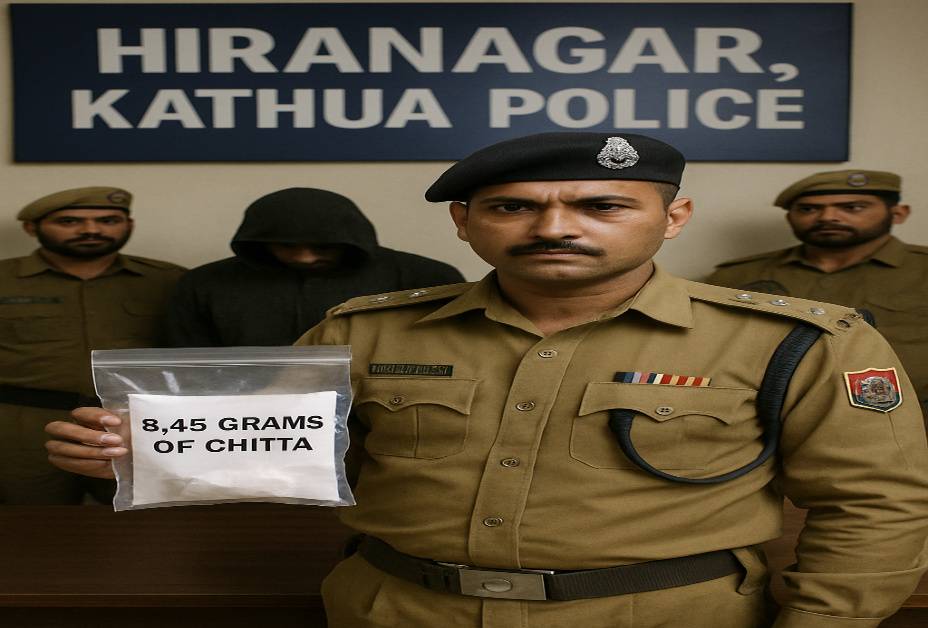Roaring Tawi River Floods Jammu Submerges, 2025 Displacing Thousands in Unprecedented Deluge
Tawi River Floods Jammu Tawi River Floods Jammu, the winter capital of India’s Jammu and Kashmir, has been brought to a standstill by a natural disaster of historic proportions. The Tawi River, traditionally revered as the serene ‘Surya Putri’ (Daughter of the Sun), transformed into a raging torrent, bursting its banks and inundating vast swathes of the city after a record-shattering downpour. The event, which unfolded on a tense Tuesday morning, has displaced over 6,000 residents, submerged homes and farmland, and left a trail of destruction, marking one of the worst floods in the city’s living memory. The Fury Unleashed: A Record-Breaking Deluge The catastrophe was triggered by an extreme weather event. According to the India Meteorological Department (IMD), the Jammu region received a staggering 296 millimeters (approx. 11.7 inches) of rainfall in a single 24-hour period. This figure is not just high; it is historic. It shattered the previous 24-hour record of 272.6 mm set on August 9, 1973, and dwarfed the rainfall of 228.6 mm recorded nearly a century ago on August 5, 1926. This unprecedented volume of water, funneled from the surrounding hills into the Tawi River, proved too much for its channels to contain. By dawn, the usually calm river had become a violent, brown deluge, roaring through the city and spilling into low-lying neighborhoods. Ground Zero: The Worst-Hit Areas and Human Impact, Tawi River Floods Jammu The floodwaters targeted residential areas situated along the river’s path with devastating effect. Neighborhoods like Peerkho, Gujjar Nagar, Gurkha Nagar, and Bahu Fort were among the hardest hit. City streets turned into chaotic rivers, stranding residents, sweeping away vehicles, and burying structures under layers of silt and debris. The human cost of the disaster is profound and deeply personal. In Peerkho, Sukhwinder Singh and his family faced a nightmare, clinging to their terrace as water levels rose menacingly around them. “I came back from the jaws of death,” he recounted, his voice likely still trembling as he described watching everything they owned being swallowed by the currents. For 65-year-old Anwar in Gujjar Nagar, a lifetime of hard work vanished in hours. “I have lived by Tawi all my life but never seen her so angry,” he lamented, a sentiment echoing throughout the community as residents saw their savings and shelters literally wash away. The emotional trauma was compounded by tangible loss. Amit from the Bahu Fort area stood amidst the rubble of his collapsed home, saved only by his father’s timely instinct to evacuate moments before a landslide struck. “Our home collapsed before our eyes,” he said, a stark reminder of how quickly security can vanish. Official estimates indicate that between 2,000 to 3,000 houses and numerous small businesses were completely submerged, dealing a crippling blow to the local economy and displacing thousands of families. Heroes in the Current: Tawi River Floods Jammu, The Massive Rescue Operation In response to the crisis, a massive multi-agency rescue operation swung into action. Teams from the Indian Army, National Disaster Response Force (NDRF), State Disaster Response Force (SDRF), and local Jammu and Kashmir Police worked in coordination, often alongside brave local volunteers. In a telling sign of the severity of the floods, it was the first time the NDRF had to deploy boats for rescue operations within the heart of Jammu city. Over a frantic 24-hour period, these teams successfully evacuated between 5,000 to 6,000 people from 17 critically affected locations, plucking stranded families, including the elderly and infants, from rooftops and terraces. “The coordination between forces was key. We prioritized areas where water was rising fastest and people were most vulnerable,” an NDRF official was quoted as saying. Beyond Jammu: A Wider Regional Crisis Tawi River Floods Jammu The flooding of the Tawi River is part of a larger pattern of extreme weather affecting North India. The article mentions intensified rescue operations in neighboring Punjab, indicating a regional monsoon crisis. Tragically, the impacts were even more severe in the higher elevation regions of Doda and Katra, where at least 45 people lost their lives due to separate incidents of flash floods and landslides triggered by the same weather system. Historical Context and a Warning for the Future While the IMD’s data points to similar events in 1973 and 1926, the scale and frequency of such extreme weather events are now viewed through the lens of climate change. Meteorologists suggest that a combination of factors, including warmer atmospheric temperatures holding more moisture and changing monsoon patterns, are contributing to more intense, short-duration rainfall events. The flooding of the Tawi River, a lifeline for Jammu, serves as a severe warning. It exposes vulnerabilities in urban planning, river zone management, and disaster preparedness in the face of a changing climate. The Long Road to Recovery, Tawi River Floods Jammu As the waters of the Tawi began to recede almost as rapidly as they rose, they left behind a city in shock, grappling with extensive damage to property, the loss of livestock, and the immense task of rebuilding. The event is a haunting memory for the people of Jammu—a stark demonstration of nature’s fury. The road to recovery will be long, requiring not just immediate relief and rehabilitation, but also a serious, long-term strategy for climate resilience and infrastructure fortification to ensure the Surya Putri never again shows such wrath. # Also Check This | JAMMU & KASHMIR Schools Closed On August 28






